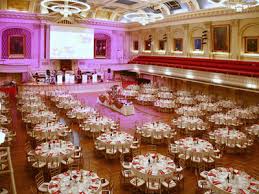
Lately I’ve been in several meetings where Development Directors are anxious about their next event or gala coming up. As you know, there are a ton of details to these events and it’s a massive time suck. And, as you may also know, Richard and I have written extensively about why you should not even go down this road if you don’t have to.
However, we are realists about it, and for a few organizations it can bring in quite a bit of revenue, as the event provides an opportunity to cultivate current donors and engage potential ones. We get that.
But, if you are the Director of Development, you know what normally happens with the major gift team around events. They get totally distracted and lose focus from their caseloads. This is because you are not managing the MGO correctly and they become involved in the details and logistics of the event, NOT strategies for their donors.
So, here’s the deal. I want to help you manage your event and your MGOs and keep you “out of the weeds.” If you have to do an event or gala for donors I want you and your major gift team to think STRATEGICALLY about it. Do not allow your major gift team to get caught working with the details or logistics. Have them focus on their donors.
Below is what I’m calling the “Event Strategy Matrix”:
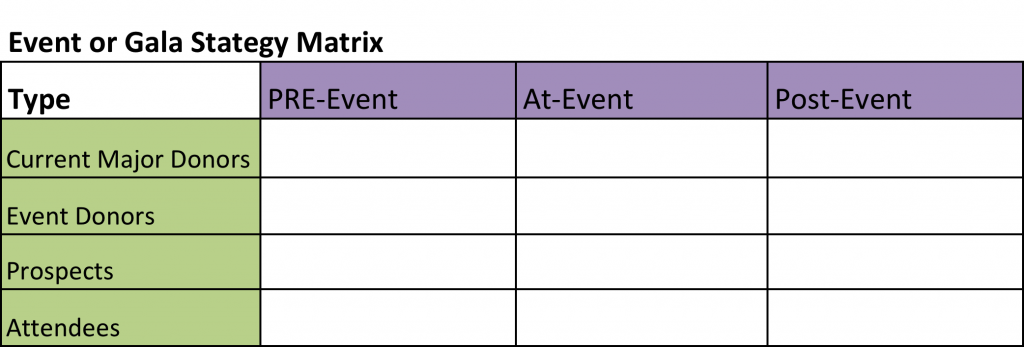
This strategy matrix will help you get your head around what needs to happen with specific audiences before, during and after the event. If you are a manager or the VP of Development, I would strongly urge you to have something like this completed before you even begin to think about the logistics of the event.
As you can see, there are basically four types of audiences: Current Major Donors, Event Donors (donors who have been to your event, whose gifts have come only from the event or the majority of their giving is through the event), Prospects (those who may have given a small amount or have not given at all), and Attendees (folks who, most likely, have been invited as a guest of a donor and have little relationship to your organization.)
Long before any event, your job is to “fill in” the strategy matrix for each of these audiences.
While every organization will have variations of the strategy for each of these audiences, I’m going to give you some high-level thoughts to help you understand how we think about this at Veritus Group. My next post will give you more details and tactics on what to do with each audience.
Major Donors
Everyone is most worried about this group. Putting aside all the arguments of where revenue should be allocated from major donors who give and sponsor events, look at an event or gala this way for major donors: An event or gala is just another opportunity for you to cultivate and steward major donors. That’s it. It’s something your MGOs put on their Marketing Impact Chart that has several moves management opportunities for them.
I would not be afraid that your MGOs will lose a larger gift somewhere because the donor may end up giving to the event. If your MGOs are doing their jobs correctly they are helping lead that donor to greater giving toward a specific project or program or beyond. This event gift should be thought as a “token” gift as part of their overall giving.
The event is also a great opportunity for your MGOs’ major donors to invite their family and friends and “evangelize” them about something they are passionate about. This is the perfect time for your organization to deepen the relationship of your donor with your organization.
Event Donors
Okay, I know you have a number of donors who have given significant gifts, but only because of the event(s) you have been running. If your organization holds regular events or galas, this is always going to be the case. These donors are NOT BAD donors for you. We tend to think, “Well, they are just event donors. I’m not going to try and cultivate them.” For the most part, you are right. Event donors are extremely difficult to turn into “mission” donors, or donors who give because they are truly connected to the cause.
Don’t let that get you down. 1) View them as underwriters of the event — the event that allows other folks in your audience to connect to the mission. That’s not a bad thing. 2) Be very strategic about which event donors you have the ability to “turn” into mission-driven donors and concentrate on them. If there are any of these donors on an MGO caseload, make sure the MGO has a well-thought out plan. 3) Make sure the event is programmed with the intention of “breaking” everyone in that room and coming away inspired to support you. Too many events leave the mission looking weak or not even mentioned at all. Besides making net revenue, the whole underlying point of the event is to have everyone in tears and inspired to support you.
Prospects
As you know, Richard and I are not keen on having MGOs prospect for donors when they are already cultivating a portfolio of current donors. But an event does give the organization the ability to showcase your cause.
There may be good major gift prospects on your donor file who have either not given much but have a strong wealth indicator, or there are non-donors who have been identified by leadership and board members as high potentials.
The event or gala is the perfect introduction to your organization and mission… IF you follow the rule that YOUR MISSION is front and center at the event.
The key to prospects, just like your major donors and event donors, is to have a specific plan in place for each one. That might seem daunting, but this is your job as development director. No MGOs should be involved in prospects for the gala. Remember, they are working their portfolio. You, the CEO and board members are best to cultivate them.
Attendees
This group is different than prospects because usually you don’t know they are coming or have little information about them. The key from this audience is to figure out how to capture that information.
When major donors (individuals or corporate) buy tables or tickets to your event, they invite a number of folks they know. Most likely, they are invited for a social purpose, not because they care about what your organization does. Just get that into your head. Do not have these wide-eyed ideas that all the attendees to your event are going to become donors.
Now, having said that, your goal is to inspire these folks, catch them “unaware,” break their hearts and propel them to give to your cause. It works.
I can tell you about scores of donors who, when telling the story of how they came to support a specific charity, talk about the night they came to an event as a favor to a friend and then left totally sold on the mission, with it having become “their” charity. It’s not the norm, but it’s a possibility, as long as you, your leadership and board understand that.
Remember, IF you are going to put on an event or gala, get beyond the details and logistics and start thinking strategically about these audiences. It will keep you focused on the right things and you’ll never look at an event the same way.
Next we’ll talk about specific strategies for each audience. I can’t wait.
Jeff
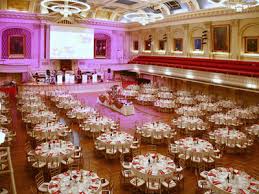
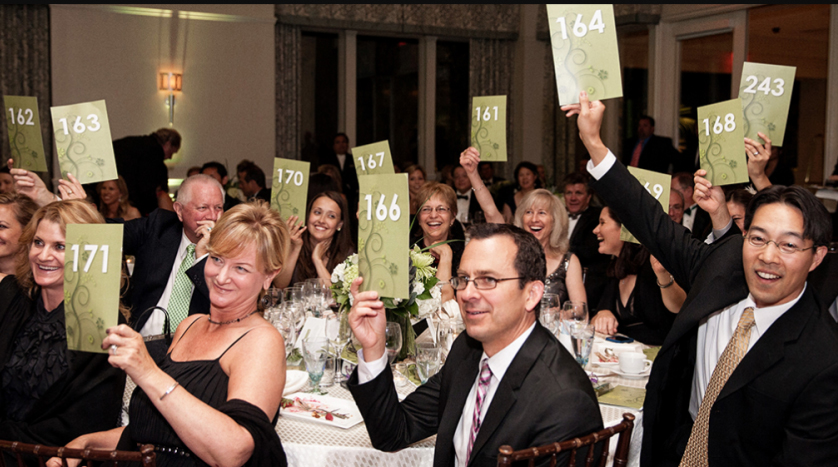
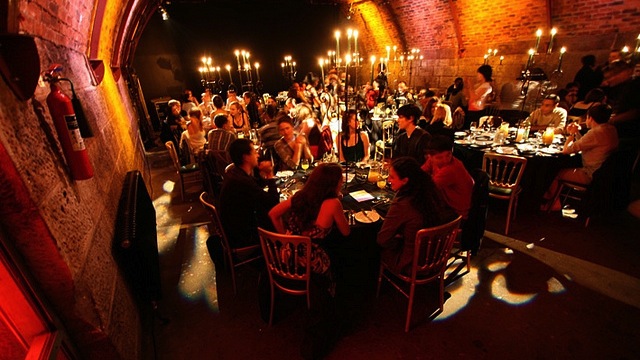
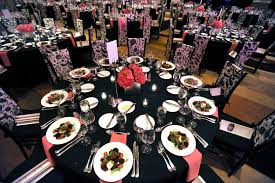



0 Comments